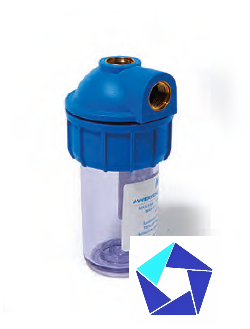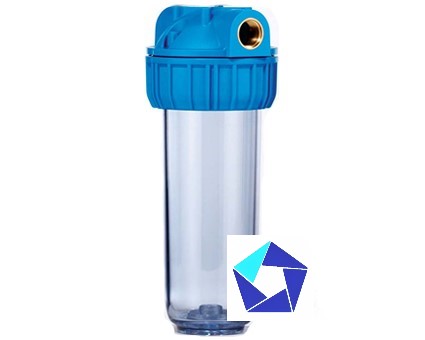FILTRATION
For thousands of years, filtration has been used to reduce the level of dirt, rust, suspended matter and other impurities from water. This is achieved by leaking impure incoming water (influenta) through the filtering medium.
As water passes through the medium, impurities are retained in the filtering medium material. Depending on the impurity and medium, different physical and chemical mechanisms are active in removing impurities from water. Some of the equipment used to apply these mechanisms has changed dramatically over time. Other systems, like depth filters, have undergone very few changes.
The fundamental physical and chemical mechanisms that occur during filtration have become better understood over the years. These advances have enabled water treatment professionals to optimize the removal of impurities from water. Filtration systems remove substance particles and, due to the large area of filter media, can also be used to stimulate chemical reactions that result in the removal of several contaminants. The following mechanisms for removing impurities through a particular medium are discussed in the next section.
- Occlusion – removal due to the size of the particle of impurity
- Adsorption – removal due to the adhesion of impurities to the medium
- Reduction – removal of free residual chlorine
- Oxidation – removal of iron and manganese using oxidation
- Gravity filter – removal of suspended particles and turbidity
- Multilayer filter – removal of suspended particles and turbidity
- Activated carbon filter – removal of free residual chlorine
- Filter with green sand – removal of iron and manganese
- Mechanical filters – removal of suspended particles
WATER FILTRATION SOLUTIONS






